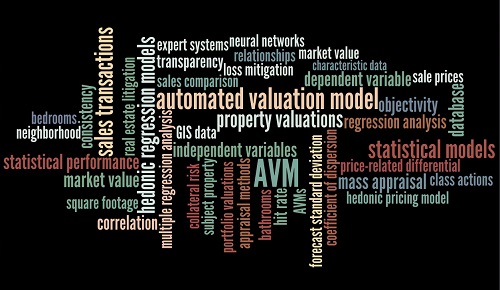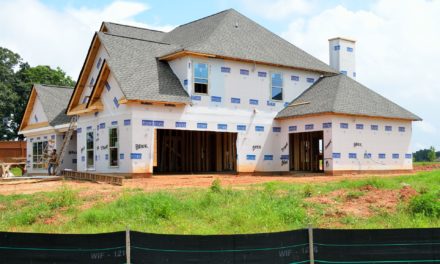My review of the 2015 RICS Summit of the Americas covers a lot of ground, but that’s because this informative conference offered attendees such a wealth of information. My previous posts have discussed California’s property tax laws, international valuation standards, and global investment trends. This final post discusses the Friday afternoon sessions I attended, which finished off the summit with a focus on real estate data issues, now and in the future.
In the first afternoon session, participants included Tom McCormick (Nationwide Appraisal Services), Mike Abramsky (Argus Software), Susan Allen (CoreLogic), Steve Napier (Ernst & Young), and moderator Casey Merrill (Colliers International). Of the four panelists, two focused on commercial data and two focused on residential data. Broad access to data has varied consequences: increased efficiencies, easier potential for data manipulation, decreased quality of outputs, and aggressive timing expectations (e.g., faster turnaround times). Mr. McCormick does not think that prepopulating comparable sales transactions data on appraiser forms is a realistic possibility because of the chances that errors could be made and that comparable sales may change between one draft of the appraisal and the final appraisal, especially if drafts are reviewed at any stage in the process.  Ms. Allen described how appraisers should be able to anticipate questions from lenders, Fannie Mae, and Freddie Mac, and be able to provide these explanations in the appraisals. Mr. McCormick also said that there was “AVM fraud” at one point, that algorithms were changed at AVM companies to produce higher valuations (note that no specific examples were given), and that lenders doing due diligence would cycle through AVMs until they got one that worked.
Ms. Allen described how appraisers should be able to anticipate questions from lenders, Fannie Mae, and Freddie Mac, and be able to provide these explanations in the appraisals. Mr. McCormick also said that there was “AVM fraud” at one point, that algorithms were changed at AVM companies to produce higher valuations (note that no specific examples were given), and that lenders doing due diligence would cycle through AVMs until they got one that worked.
In a subsequent session, the panelists discussed future issues that will face the valuation profession. Peter Christensen (LIA Administrators & Insurance Services) thinks the appraisal profession in the United States is 15+ years behind other fields, such as architecture, engineering, investment banking, and property inspectors, in terms of the promotion of professional standards. Indemnification provisions, where appraisal firms accept liability for appraisers’ errors and omissions, increase the potential problems in the industry. As one example, Mr. Christensen said that if you can get the time period in which either party in a professional relationship can file a civil action down to 2 years, then that will decrease by 50% the firm’s likelihood of facing a lawsuit (i.e., decrease “liability risk”).
Panelists were asked to list future threats to the profession. Their answers included the following:
- Technology-based valuations with lots of capital that will fail spectacularly, just like the savings and loan (S&L) crisis and the subprime loan crisis.
- Accountants doing things that are better suited for appraisers, such as some business valuations.
- Technology-only solutions are worse than data + technology + mentoring junior staff + experience/judgment of senior folks.
In the final panel of the conference, which also focused on the future of the valuation profession, several themes were reiterated. One panelist, James Balocki, who coordinates all facilities for the U.S. Army Reserve, issued a call for private sector ideas to help the Army Reserve to manage its real estate assets and facilities. In particular, the Army Reserve requests help to solve issues related to base realignment and closure (BRAC), which occurs every 5 years, and to maintain facilities so that they are easily made operational at some point in the future when they are needed.
Overall, the RICS Summit of the Americas is a great conference for anyone interested in appraisals and valuation. I went home filled with new insights and ideas, and I look forward to returning in 2016—not only for the information, but to fulfill my continuing education hours for my MRICS professional designation!






Recent Comments